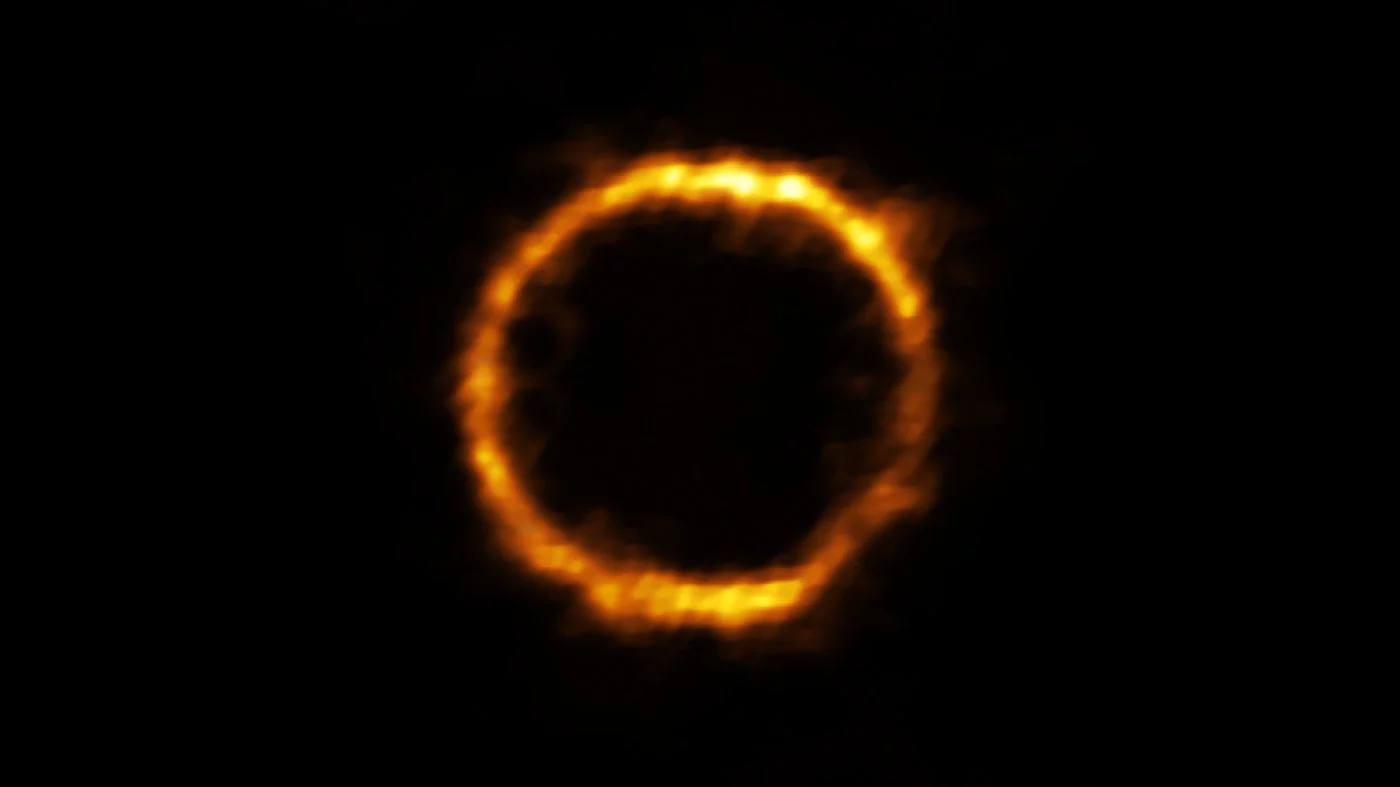Astronomers have spotted a galaxy with a structure similar to the Milky Way. That’s not particularly surprising in itself – our home galaxy is quite run-of-the-mill – but the weird thing is that this one is 12 billion light-years away, meaning it’s very well developed for its age.
While we don’t fully understand how galaxies form, it’s generally believed that those in the early days of the universe were turbulent and chaotic. It took many billions of years before they settled down into structures like the Milky Way, with a rotating disc, a bulge in the center, and spiral arms on the outskirts.
But the newly discovered galaxy, known as SPT0418-47, bucks this presumed trend, sporting a disc and bulge structure that’s very before its time. The galaxy is located some 12 billion light-years from Earth, which means we’re seeing it as it was 12 billion years ago, due to the incredible distance involved. At that time the universe was only about 1.4 billion years old, which according to current theories means these galaxies should still be chaotic blobs of stars.
“This result represents a breakthrough in the field of galaxy formation, showing that the structures that we observe in nearby spiral galaxies and in our Milky Way were already in place 12 billion years ago,” says Francesca Rizzo, lead researcher on the study.
It may be the most distant Milky-Way-like galaxy ever seen, but the team predicts that SPT0418-47 is destined to evolve into a different beast – namely an elliptical galaxy, which is more like a squashed sphere that isn’t forming new stars very fast.

Resolving the galaxy’s structure wasn’t easy. At that great distance, galaxies are normally very faint, but this one just so happened to be magnified by the gravity of a much closer galaxy, through a phenomenon known as gravitational lensing. That spread the light from SPT0418-47 out into a ring, and the team had to reconstruct its true shape using computer modeling.
The team says that the surprising discovery of such a well-organized galaxy in the early universe will require a rethink of what we thought we knew about galaxy evolution.
The research was published in the journal Nature.
Source: Max Planck Institute




